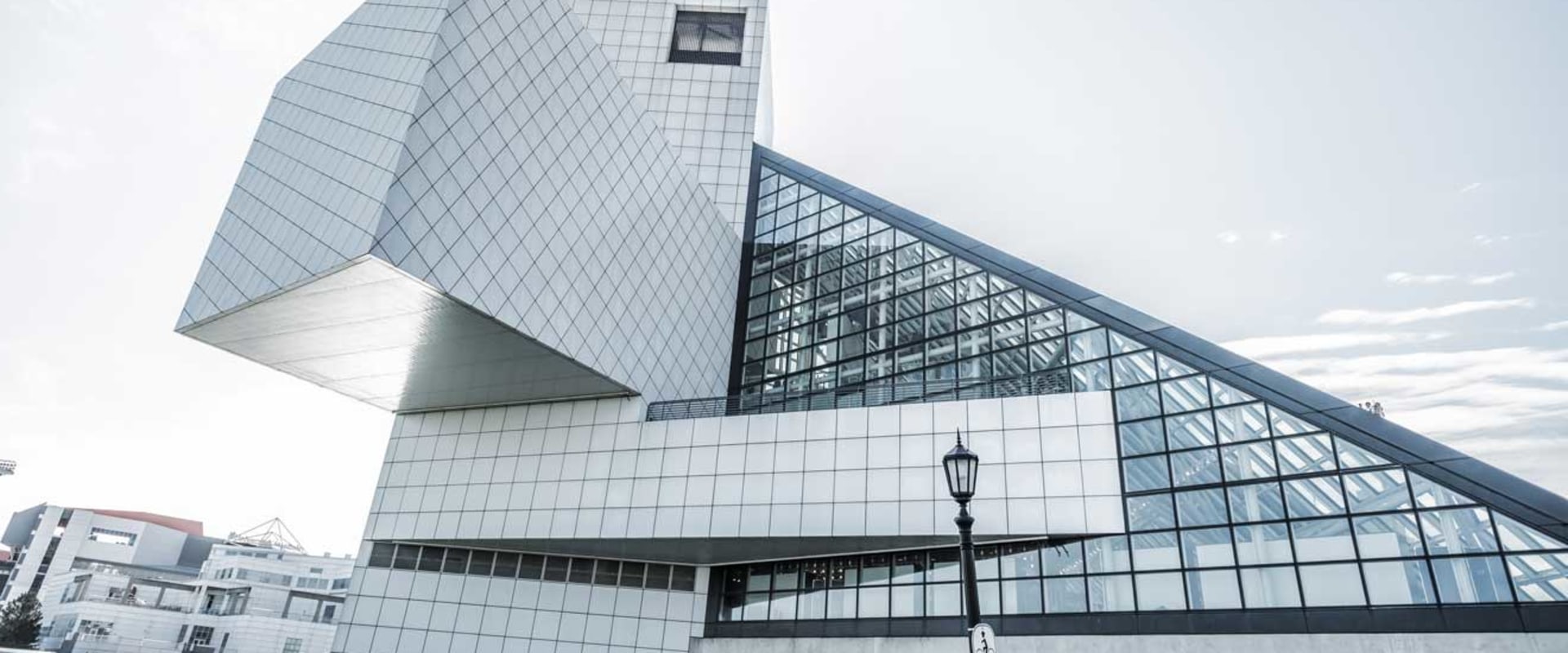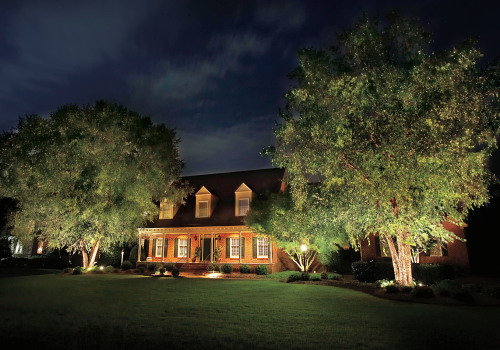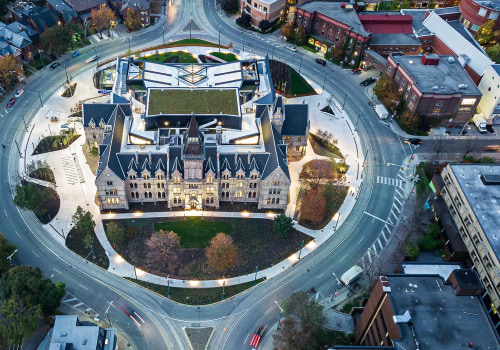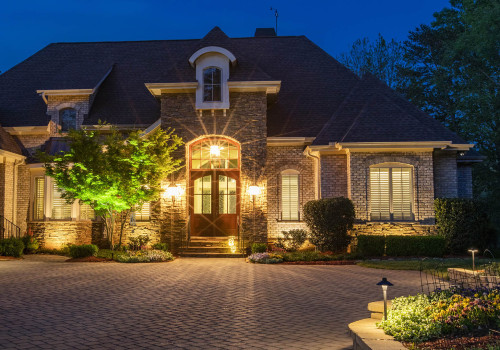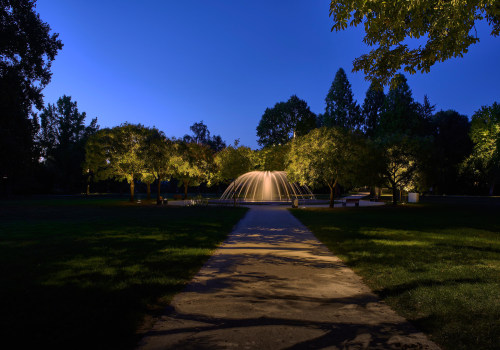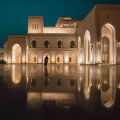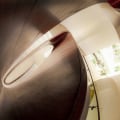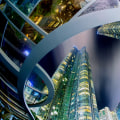Are you looking to capture the perfect architectural shot? Architectural photography techniques are the key to getting the right composition for your photo. From finding the best angle to capturing the perfect light, there are a few tricks and tips to help you get the perfect image. Read on for our guide on how to become a master of architectural photography techniques. The composition of any photograph is the most important factor in capturing a stunning shot. When photographing architecture, there are certain techniques that can be used to create visually interesting images.
For example, leading lines can be used to draw the viewer’s eye into the image and create a sense of depth. Symmetry is also effective in creating balance and structure in a photograph. By incorporating elements of balance, scale, and perspective into your composition, you can create an image that captures the beauty of the architecture. Lighting is also essential in architectural photography. The use of natural light, as well as artificial lighting such as studio lights or flash, can help to bring out the details of the structure.
When shooting in low light conditions, it’s important to use a tripod to ensure that your images are sharp and clear. Using post-processing techniques can also help to enhance an architectural photograph. Adjusting levels, exposure, contrast, and saturation can help to bring out the colors and details of a structure. Additionally, filters can be used to add drama or mood to an image. In conclusion, architectural photography is an art form that requires skill and knowledge of both photography and composition techniques.
By using leading lines, symmetry, lighting, and post-processing techniques, you can create stunning photographs that capture the beauty of a structure.
Composition Techniques for Architectural Photography
When photographing architecture, it’s important to understand the principles of composition. Leading lines can be used to draw the viewer’s eye into the image and create a sense of depth. Additionally, elements of balance, scale, and perspective should be considered when composing an architectural photograph.Post-Processing Techniques for Architectural Photography
Post-processing techniques such as adjusting levels, exposure, contrast, and saturation can help to bring out the colors and details of a structure. Through these processes, photographers can create vivid images that capture the beauty of a building.Additionally, filters can be used to add drama or mood to an image. Filters can also be used to reduce glare and soften shadows, providing the perfect balance between light and dark. With post-processing, photographers can bring out the best in their architectural photographs.
Lighting Techniques for Architectural Photography
Lighting is essential in architectural photography. Natural light can be used to bring out the details of a structure, as well as studio lights and flash.Low light conditions require the use of a tripod to ensure sharp and clear images. The most important consideration when using natural light is the angle of the sun. Shooting early in the morning or late in the afternoon will create interesting shadows and highlights on the building, which is great for adding texture and depth to your shots. If you’re shooting in direct sunlight, try using a diffuser to soften the light and reduce shadows. Studio lights are also an important tool for architectural photography.
You can use them to add drama and mood to your shots. You can also use them to create interesting shadows and highlights, as well as to bring out details that may not be visible in natural light. Finally, flash is also an important tool for architectural photography. Flash can be used to bring out detail in both bright and dark areas of a building, as well as to create interesting shadows and highlights.
When using flash, it’s important to pay attention to the angle of the light, as it can make a huge difference in the final image. From composition techniques like leading lines and symmetry to creative lighting and post-processing techniques, architectural photography is an art form that requires skill and knowledge of both photography and composition. By utilizing these techniques, you can create stunning photographs that capture the beauty of a structure.

